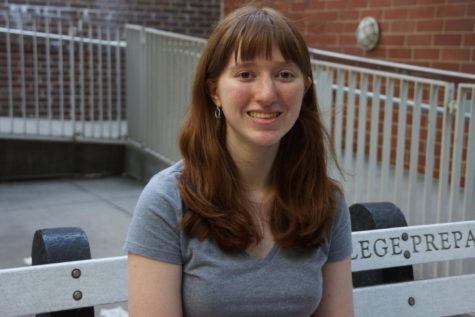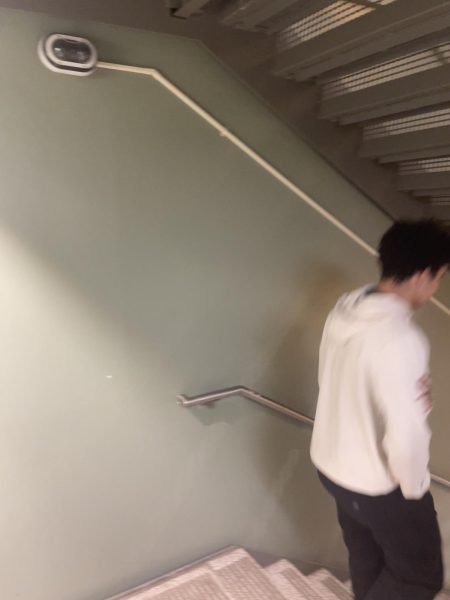A test of time
South building continues to attract attention for stellar architecture

While the south building originally opened back in 2013, its design continues to stir up attention and chatter within the architecture community, having won a total of five awards and recently being highlighted on the Chicago Architecture Center’s Instagram.
While the building itself is a stark contrast to the north building, both of which were designed by architecture firm Perkins&Will, the new building’s modern characteristics are not the only reason it racks up the attention it receives.
“Instead of spreading out, Jones stacks its functions. These activities aren’t simply stacked like a giant Rubik’s Cube game,” said Blair Kamin, former Chicago Tribune architecture critic. “They are given architectural expression to create a monumental urban presence.”
The new building’s relationship with the Printer’s Row community plays a role in its success, according to Kamin.
“The key is that it isn’t a kind of Disneyland pretend effort at fitting in, where you slap on a couple of bricks and make it look old fashioned,” said Kamin. “It’s very much of its time, just as all the buildings of Printer’s Row are.”
Francis Hashimoto, a pre-engineering teacher at Jones and structural engineer, also believes that Jones blends nicely with the architecture of the South Loop community.
“We address primarily the facade facing State Street, and once you start going South of here, you get into the South Loop and it’s much more modern, similar to Jones,” said Hashimoto.
The newest building creates a relationship with both Printer’s Row and the South Loop, while also sparking a sense of belonging with those who learn and work within.
“The building invites you in with all of its tall windows and the ample glass of its main lobby. It speaks to the passerby and says this is a place of light and transparency, a place you can enter without feeling intimidated,” said Kamin.
The modern aspects of the new building help to cement that relationship between the inhabitants and the city, according to some students.
“I definitely do enjoy the big windows, especially because we live in the city so we can enjoy the view,” said Kat Menjivar ‘23. “That glass paneling also helps it fit in with the cityscape around Jones.”
The glass brings both the students and teachers into the city as well as igniting curiosity.
“The light and space also acts as a kind of visual tease; you might say you want to explore the building because you come into this grand lobby and it kind of hints at some of the activities going on inside,” said Kamin. “That makes it adventurous and interesting.”
While so much of the new building can be considered refreshing and interesting, Menjivar notes a common complaint about the design of the new building.
“The stairs are a \bit of a pain,” said Menjivar.
Although this opinion is widespread among students, the way the stairs are weaved into the floorplan of the school helps to build a sense of community, Hashimoto believes.
“You have those large lobbies next to the elevators and the stairs. So it creates a community space on each of the different floors,” said Hashimoto.
The design itself (on a macro level) is generally considered pleasing, but many of the little features that a modern building provides helps to enhance the teaching and learning experience.
“The north building has heating and air conditioning difficulties. It also has lighting difficulties, whereas in the south building we have programmed lighting,” said Hashimoto. “In general, being in a more advanced and modern, controlled environment is much more comfortable, making it easier to teach and learn.”
Altogether, considering the benefits the south building provides both architecturally and academically, Menjivar believes that the recent attention is noteworthy.
“I think maybe it’d be more revolutionary if it was 2013, but I guess it’s cool that it’s gotten an Instagram post recently,” said Menjivar.
Hashimoto is also happy to see the south Building racking up attention.
“I like that it’s getting that acclaim, especially because it’s something non-traditional,” said Hashimoto.

Sabine is a senior and the Blueprint's School Editor. As her second year on the paper, she is looking forward to being a part of the Blueprint team again...





